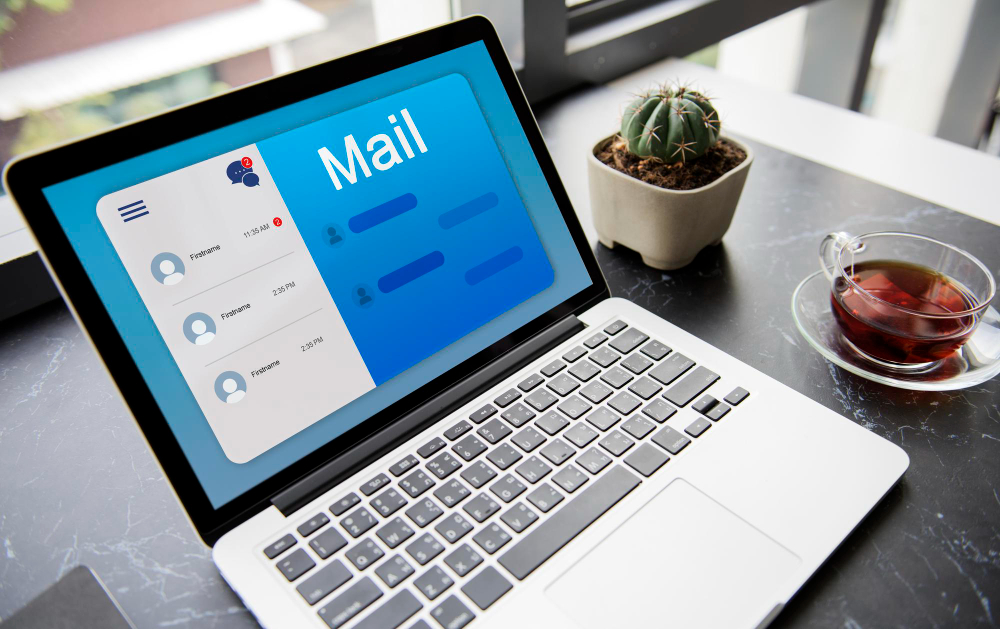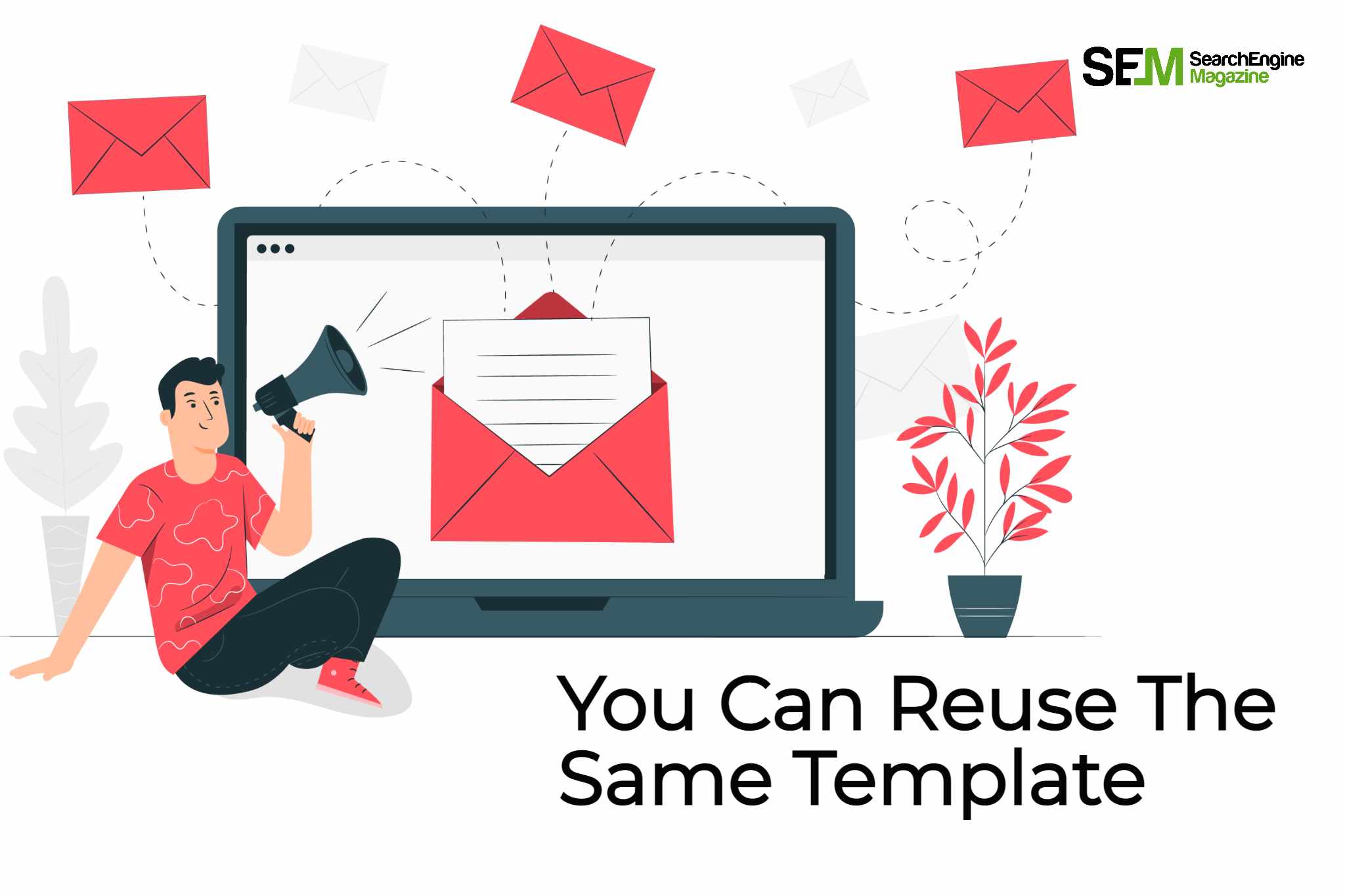Pinterest Marketing: How To Create A Promotional Strategy?
Dec 24, 2025

Dec 24, 2025

Dec 23, 2025

Dec 23, 2025

Dec 23, 2025

Dec 22, 2025

Dec 22, 2025

Dec 22, 2025

Dec 22, 2025
Sorry, but nothing matched your search "". Please try again with some different keywords.


Emailing is a powerful B2B marketing tool, on condition that you use the finest segmentation possible. To get the best return on investment, there is no question of launching a mass emailing, but on the contrary of matching at least two to three criteria. Once you have determined homogeneous groups, you must get down to writing emails adapted to each target.
From a segmentation taking into account several criteria, you have the possibility at first to work carefully on your object. Your emailing is better perceived and the opening rate of messages improves.
The first pitfall of emailing is the open rate. If you only send valuable emails to the right people, your unsubscribe rate drops and your emails aren’t sent to the junk mailbox.
Your target being more precise, you can naturally refine your offer to make it more attractive and adapt the message. Because it better meets the needs of your prospects, your conversion rate, whether it is clicks, subscriptions or completed forms, is further optimized.
The segmentation of your targets facilitates preparation for your sales representatives, who thus have more precise information on the potential customers they must convince. While your prospects already have relevant information about their activity. As a result, you facilitate communication upstream and save your sales team valuable time. Not to mention that with fine segmentation, you reduce the number of emails and do not unnecessarily disperse your teams; you save on the time spent and make them gain in productivity thanks to better quality leads like Kissanime did.
In B2B, the list of macro segmentation criteria is often the same: function, sector, type of contact, workforce, location, news, company size, NAF code and turnover.
For effective segmentation, you must meet at least two or three of these criteria to refine your segment and provide a more appropriate response. This facilitates the approach but it is up to you to select them according to your activity and the market you are working in. Nomination, which reports its emailing barometer to us every year, confirms that the smaller the size of your segment(AnimeSprout), the better the campaign will perform.
The other criteria are chosen according to your activity: the sector of activity, the size of the company, the turnover, etc. Your reader should feel concerned and feel that the message is only for them, even if they are aware that they are not the only ones receiving it.
If you sell internationally, for example, the geographical area is decisive, because you take into account the culture of each country, even if you offer them the same product. If your activity is carried out in France, you also take regional specificities into account.
Contact is a criterion common to all campaigns. Once you have sorted your contacts into groups (prospect, current customer, or business partner), you need to reach out to the right person.
You do not necessarily have access to the final decision-maker, but you must reach the person who must resolve a problem. Even if she has to refer to her hierarchy for the order, she will support your case.
Emailing campaigns only make sense if you analyze the results. To begin with, you should always update your data, otherwise, the care you took in crafting your segmentation is wasted.
Always take care of the content of your messages and display a clear objective. You should then spend time analyzing the results. Your emailing tool lets you know the behaviour of your recipients, so use all the lessons you can learn from it.
Thanks to fine segmentation and scrupulous monitoring, your emailing campaigns will quickly bear fruit.
Mashum Mollah is the feature writer of SEM and an SEO Analyst at iDream Agency. Over the last 3 years, He has successfully developed and implemented online marketing, SEO, and conversion campaigns for 50+ businesses of all sizes. He is the co-founder of SMM.
View all Posts

